Customer journey mapping in service design: A strategic approach
After working with numerous companies, I've often seen teams jump straight into UX design, eager to build solutions and create interfaces. However, this approach often skips a critical step, Customer Journey Mapping. Over time, I’ve learned that bypassing this foundational exercise leads to gaps in the user experience, as the design is disconnected from the actual user needs and emotional responses. It’s a step that’s easy to overlook, but one that I always find myself revisiting. Without this step, UX design suffers, resulting in missed opportunities, increased friction, and, ultimately, a less effective service. Customer Journey Mapping is not just a nice-to-have; it’s essential to building a truly user-centered experience.
A Deep Dive into User Touchpoints and Interactions
Effective journey mapping in service design goes beyond surface-level interactions. It’s about uncovering latent needs and understanding the psychological triggers that drive decisions. It’s also about identifying subtle disconnects between user expectations and service delivery.
When working with SOS, they really needed to start improving their email marketing. The current emails contained a lot of content, which seemed confusing. After conducting some research, we began to align the email content with the customer journey, focusing on the touchpoints and interactions to better guide the content.
For a small app whose sole goal is to support a service or customer journey, it is essential to map out the journey. That’s exactly what I did for Proteitech Group to help steer the design of an app that supports scientists in their lab research. It was crucial for the app’s success to understand the touchpoints and how, where, and when they would interact with the app.
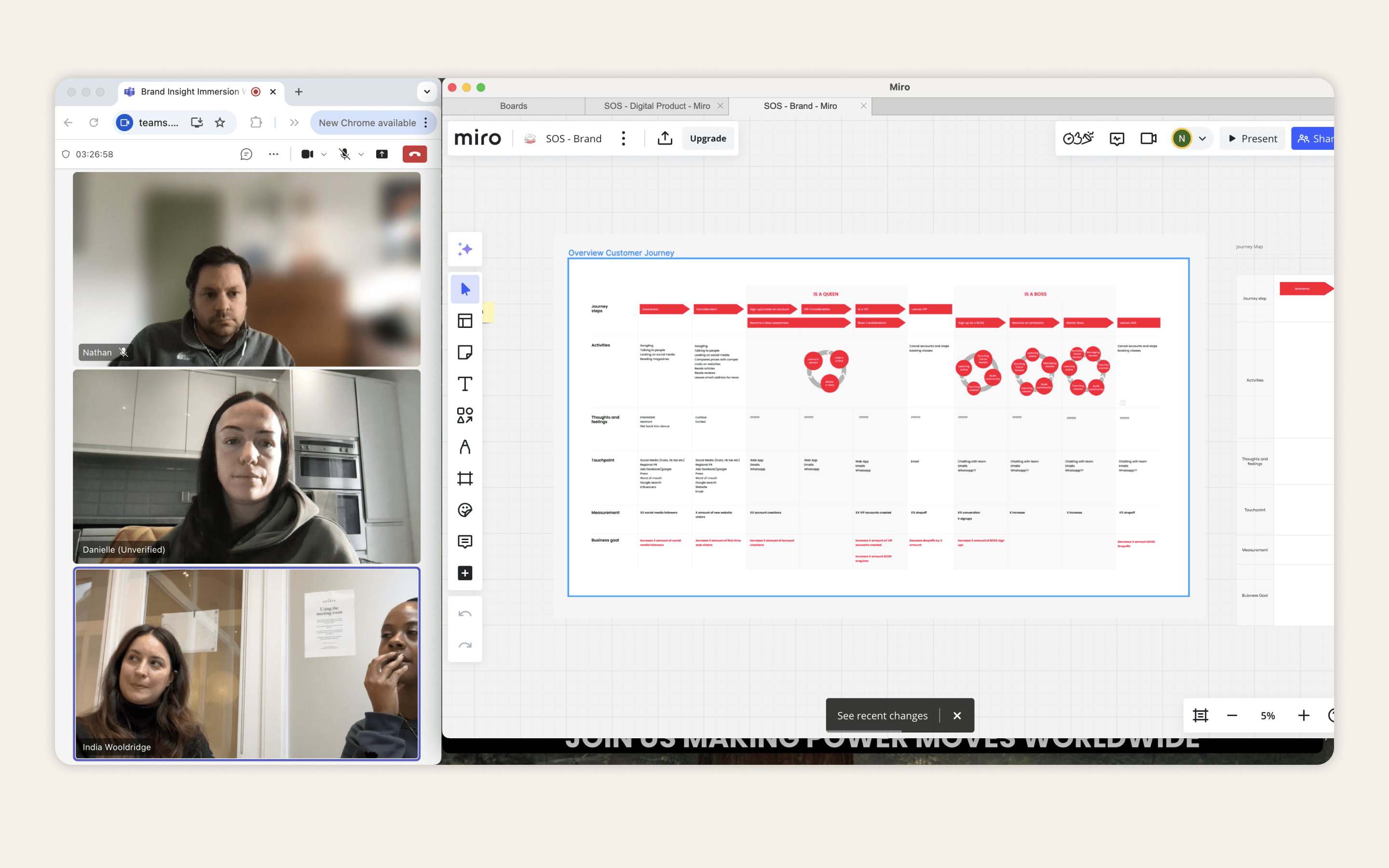
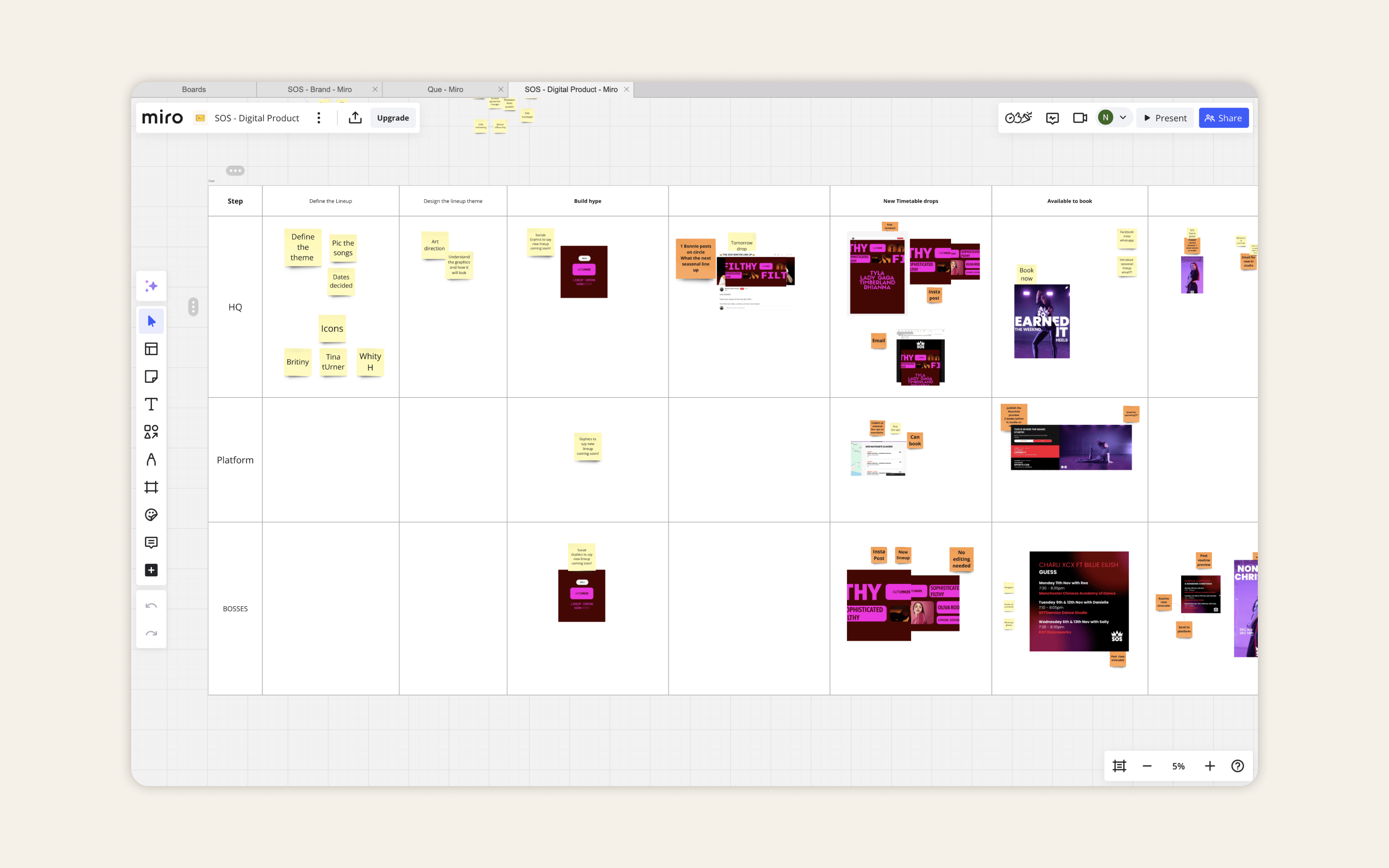
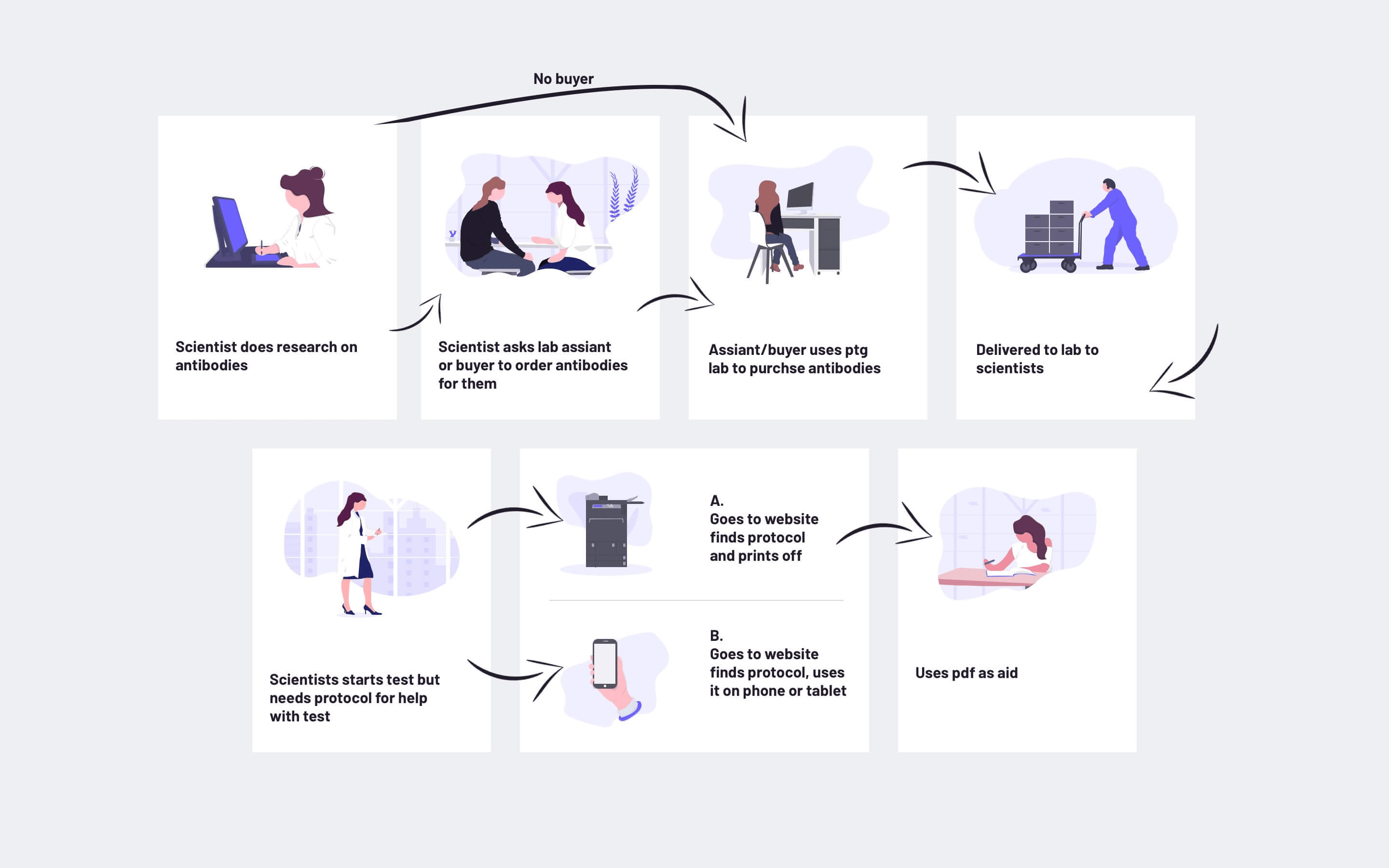
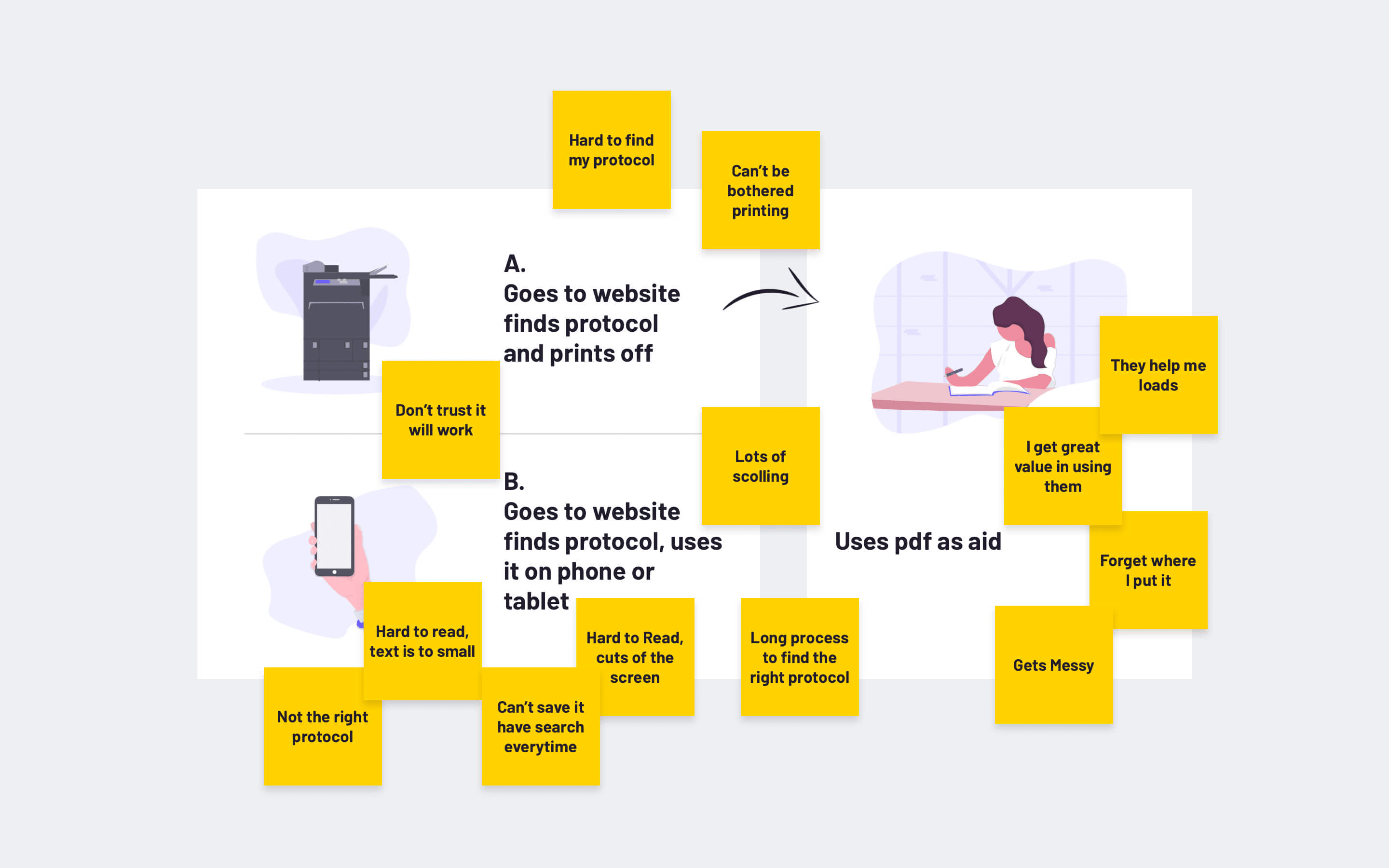
Uncovering Hidden Opportunities
When working with Northern, I contributed to a project aimed at enabling customers with disabilities to “turn up and go.” This would allow them to purchase a ticket like any other customer and board the train with the knowledge that the conductor would be aware of their presence and ready to assist them.
We mapped the experience using a blue framework after conducting user research with a focus on empathy, to understand why and where we could provide support throughout the journey.
This process uncovered great opportunities to help support the customer, ensuring they felt safe and respected, without being belittled. This was incredibly important to them.
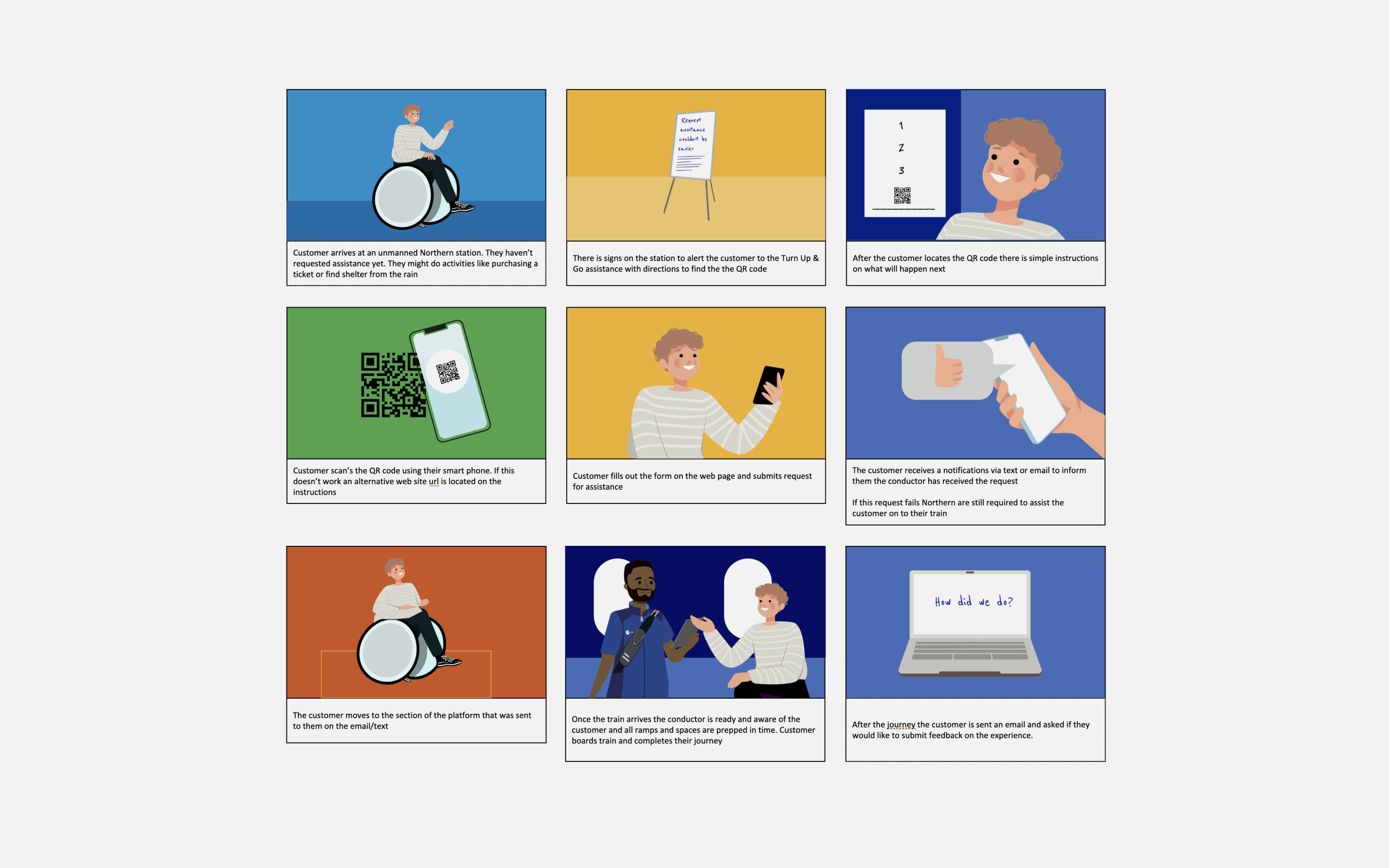
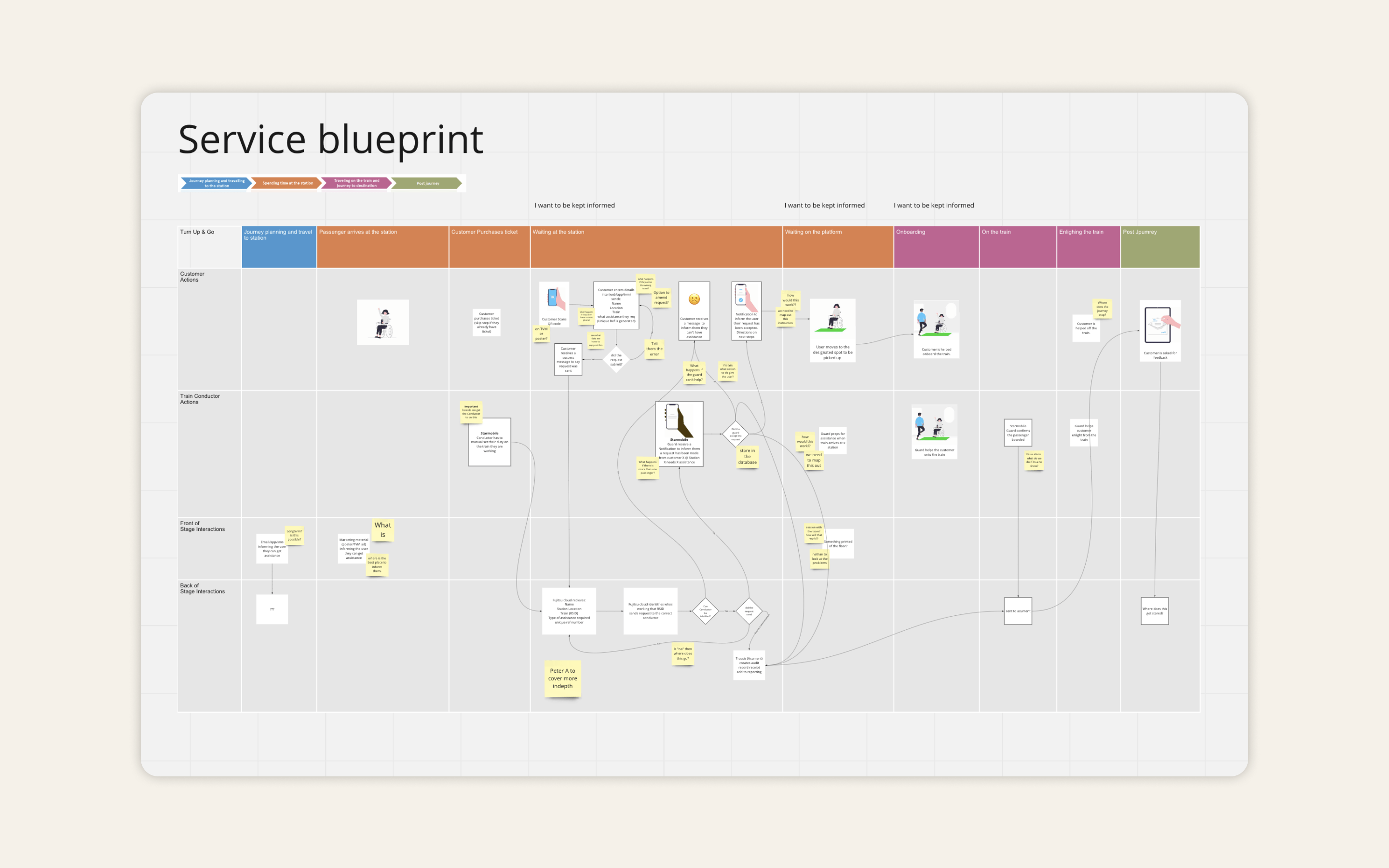
Aligning Stakeholders and Streamlining Service Delivery
Customer journey maps also serve as a powerful tool for aligning cross-functional teams—from designers and developers to marketers and service managers. A shared map creates a common understanding of the user’s experience, ensuring all team members are unified in their approach to solving design and service challenges.
When I worked for TravelCounsellors, they were new to UX and jumped straight into interface design. Requests like “We want to tab this page” or “Add X content” were being made without understanding the journey or having the data to back up those decisions. It was a service-based company, but no one had a firm grasp of the service itself.
So, we cycled back and started the process of mapping the journey, along with making tactical changes. We uncovered so many hidden opportunities that the product owners felt were better, and with the data to support our findings, we were able to back up those decisions. It also helped to amplify the voices of many other users that had been subdued by the “ask and get” approach, which was still common when I first joined.
By mapping it in a way that the product team understood collectively, we began to move the dial.
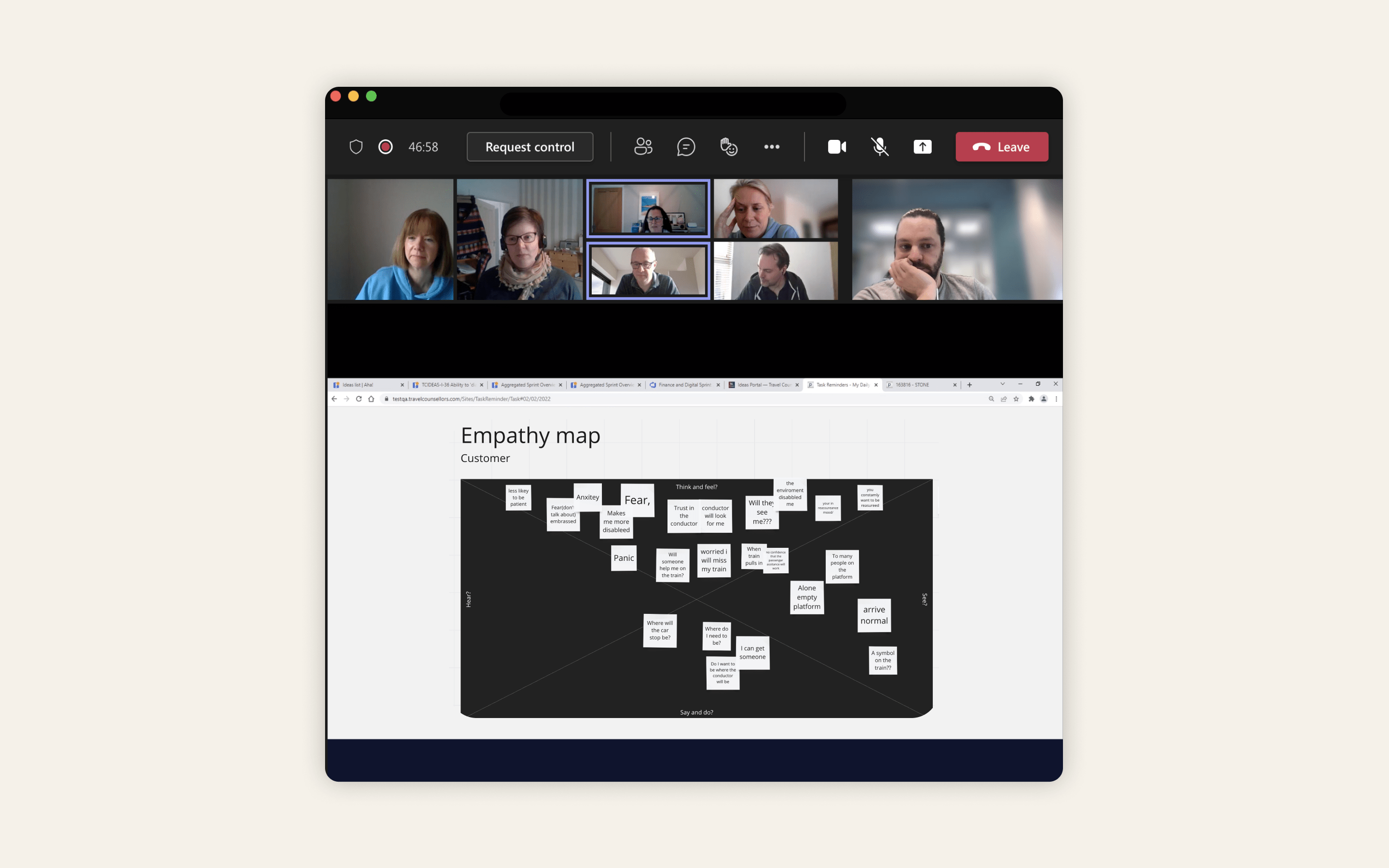
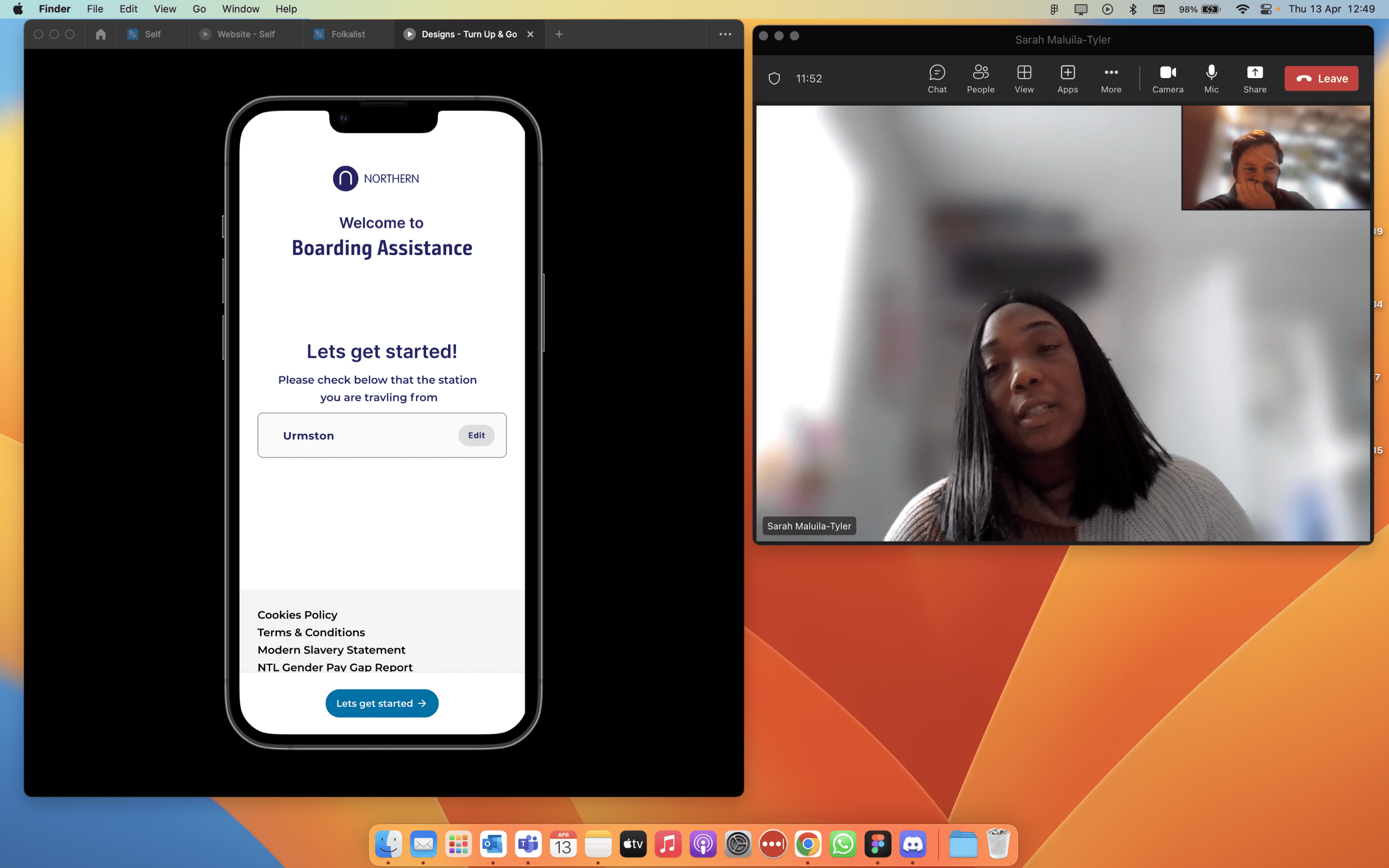
Conclusion
Customer journey mapping in service design transcends the creation of simple user flows. It serves as both a diagnostic tool and a strategic guide, enabling UX professionals to design more cohesive, emotionally intelligent, and user-centered services. The insights it yields are critical to optimizing both the tangible and intangible aspects of the user experience, driving better outcomes for users and the service itself.